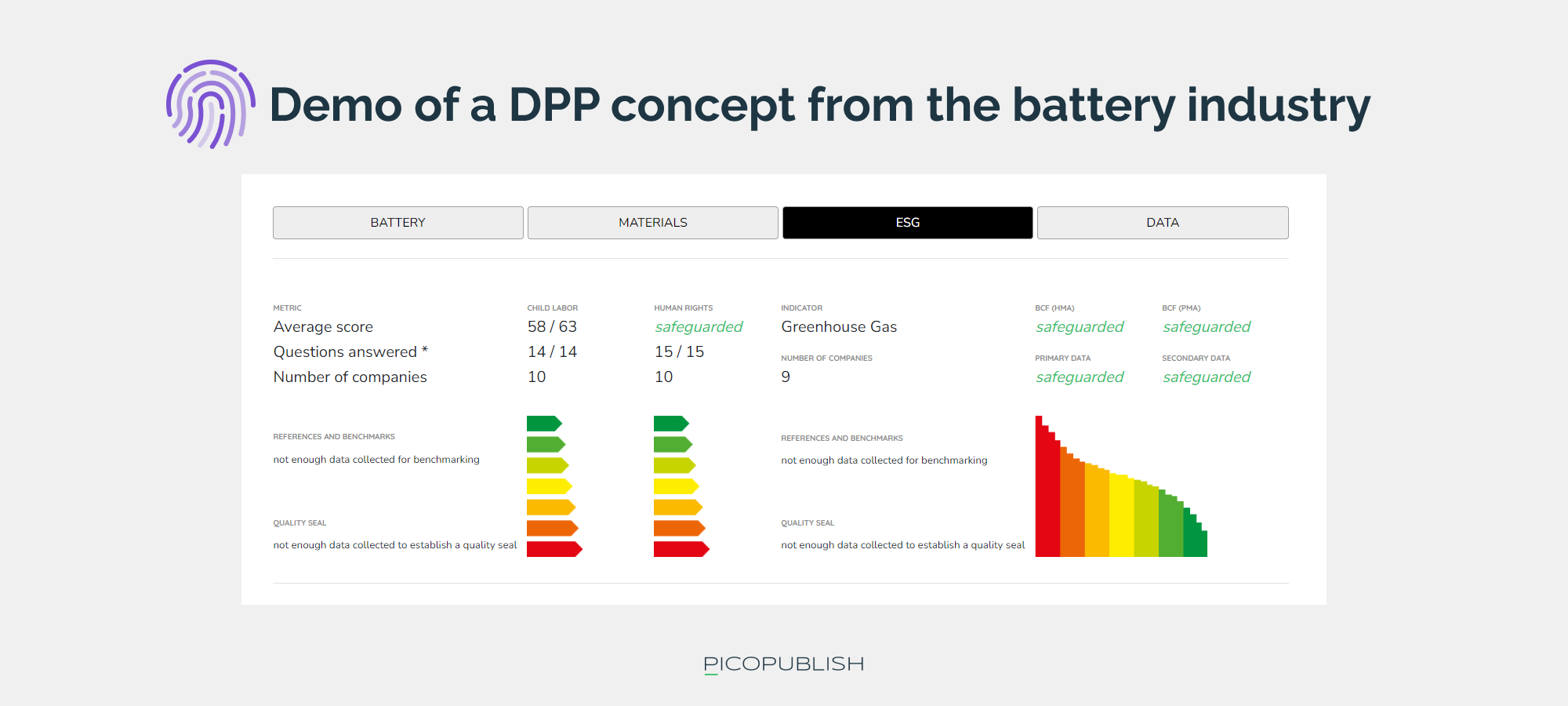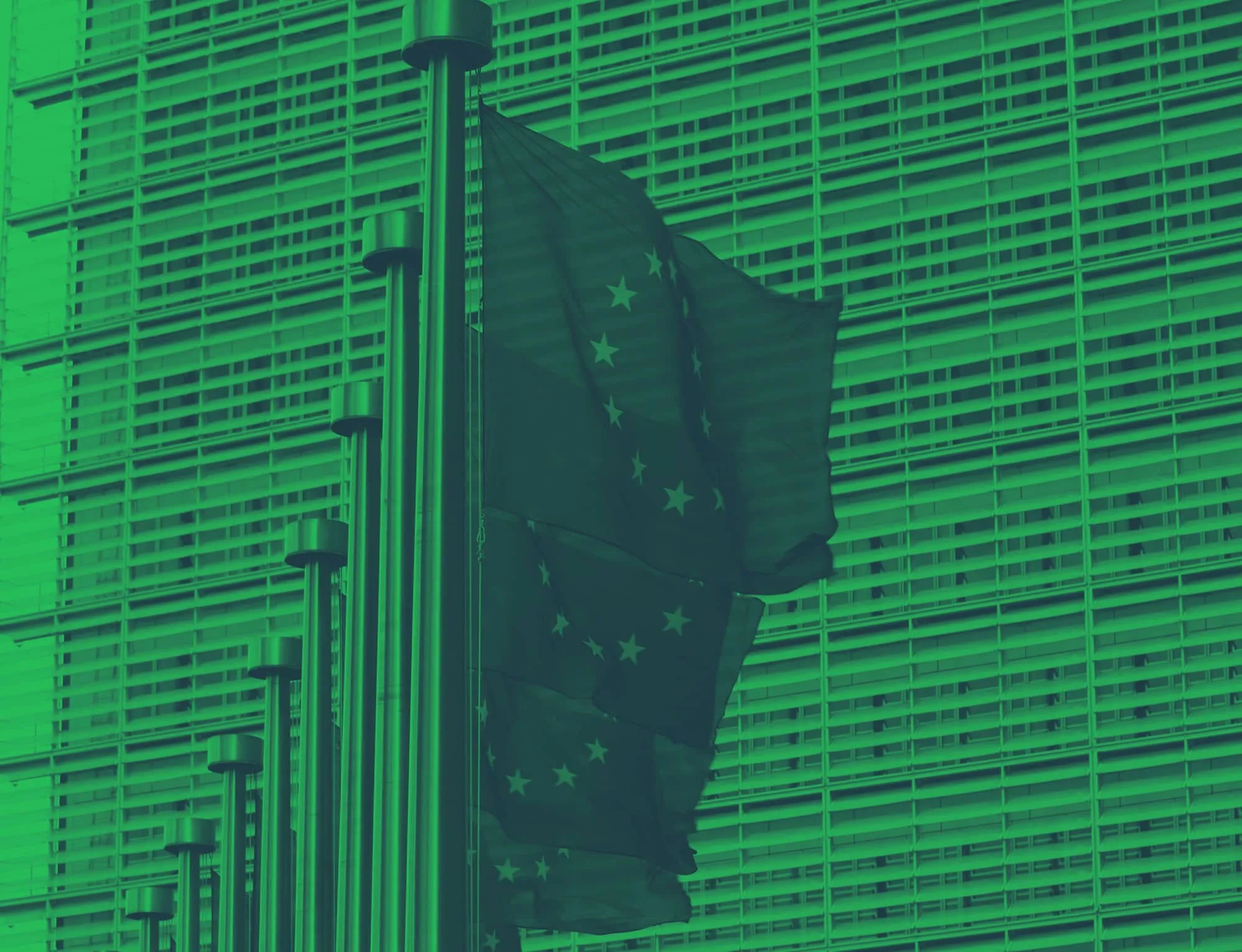As a PIM system owner, you stand strong in relation to the upcoming requirements from the digital product passport
The EU's idea of a "Digital Product Passport" to be used to make the sustainability of products visible is slowly maturing in both the "Call for proposals" and in the academic literature. As a PIM system owner, you are well placed to meet the coming requirements.
The EU is currently working on a so-called "digital product passport" (DPP). The passport is a digital tool that must contain data on the environmental impact of all products on parameters such as sustainability and recyclability.
With a digital product passport, the EU hopes to accelerate investments in the green transition, and to eliminate trade in goods that do not have a sufficiently sustainable profile.
How to meet the new data requirements for DPP with PIM
If a DPP becomes a reality, many companies will face a major documentation challenge - in some cases with the need to support hundreds of new data points per product. As a PIM owner, you naturally have a good tool at hand if and when the new requirements hit.
And many companies are facing a huge challenge. Some more than others. Those who already have a PIM system are longer than those who don't. Because PIM is the perfect place to store the data that will be included in a Digital Product Passport.
In this post, we examine how far along the development is, what consequences the roll-out of the digital product passport will have, and how a PIM system can support compliance in relation to future documentation requirements of sustainability.

Are you ready for a non-binding chat?
Build your DPP data into PIM
Everything from material purchases to how the product should/can be reused must be documented in the digital product passport. Initially, the passport can only be accessed digitally in the form of either a QR code, an NFC chip or an RFID tag.
The collection of data starts from the product's design phase, where there is a notion that manufacturers document;
- what materials the product consists of
- where the materials used, come from
- where is the product produced
The digital passport must then be updated throughout its lifetime.
The update of the passport must ensure that it is clear and precise "where and when" the product was sold, where it is/is being transported, repaired or whether the product has been repaired.
In other words, it is a very ambitious concept, the success of which rests on the establishment and updating of thousands of different data touch points in connection with production, logistics, service and disposal of both all and parts of the product.
Build your DPP data into PIM
Whereas the CSRD directive only has a 1:1 overlap with the data we traditionally enrich PIM systems with in selected categories, DPP has close to a 100% overlap.
With the digital product passport, the need to be able to handle more product data creeps in. Inriver even goes so far as to call it a coming "Data explosion".
Although we will see the final product passport before we swing all the way up to that level, there are many indications that there will be far more requirements for sustainability data in the future, which a PIM system could advantageously handle.
Easy onboarding of product data with PIM
One of the advantages of the PIM system is that it is built with integrations and data exchange in mind. Whether you choose to use a supplier portal, manually upload data or whether you retrieve data from a supplier API, a PIM system will be able to support your data onboarding.
With DPP, you will need to retrieve a number of product data from all parts of the supply chain when you need to update and maintain product passports with data on durability, recyclability and what else the EU will set requirements for.
Share your product data both up and down the stream
Whether we're talking about upstream or downstream data flows, a PIM system can be adapted to your data enrichment processes.
Once data is in PIM, all modern PIM solutions support you to share your data in the formats you want. With DPP in mind, you may need to send data to a manufacturer or directly to your own webshop - especially if you want to make your customers aware of how sustainable your products may be.

Kilde: Globalbattery.org
How is a digital product passport used?
With the DPP project, the EU hopes to solve many of the challenges associated with establishing a circular economy. An underlying assumption in the announcements the EU makes about the DPP is that increased transparency in relation to sustainable production increases the consumer's incentive to make climate-conscious choices.
Today, there are no products that fully document the resources that go into the product's journey from cradle to grave. Nor are there many people documenting how their products can be reused and how different components of the product can be recycled. Naturally, this is because there is a huge amount of work involved in producing, exchanging, and maintaining this information.
With the DPP, requirements for documentation are presented, although it has not yet been decided how the responsibility for ensuring the accuracy of the documentation is distributed or how these requirements are controlled.
At this point, all we know is that the EU envisions the following scenario: Throughout the product's life cycle, any actor who interacts with the product (manufacturers, wholesalers, carriers, customers, repairers, etc.) will be able to scan the product's digital product passport and immediately see all the information about the product's environmental impact.
In other words, the introduction of DPP will help to put pressure on the companies that produce and distribute the products, which we will touch on later in the article.



